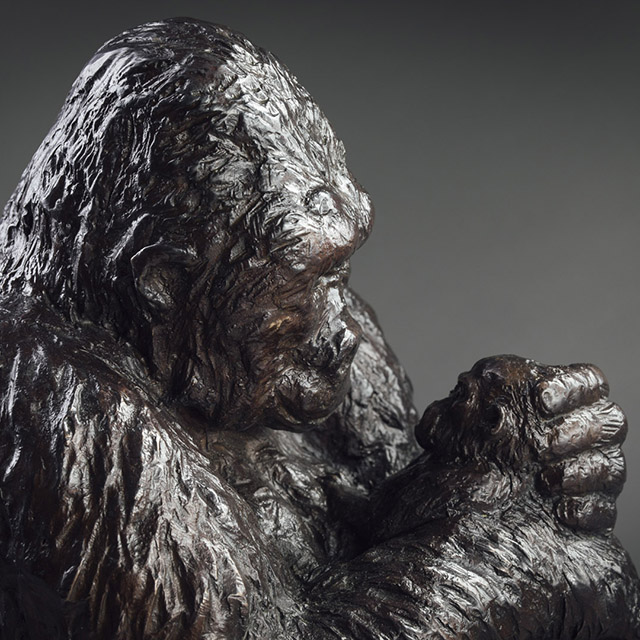
Imprint
Only 17% of the gorilla population lives in protected regions, and vast areas of gorilla forest has already been lost. That destruction continues as logging companies open up large swathes of forest, forests are cleared to make space for subsistence farming or ape habitat becomes fragmented by road building.
There is also a strong link between habitat loss and the bushmeat trade. As previously inaccessible forests are opened up by timber companies, commercial hunters gain access to areas where gorillas roam and often use logging vehicles to transport bushmeat to far away markets, as well as sell meat to employees of the logging companies.
Like humans, gorillas reproduce slowly, giving birth to only one baby at a time and then raising that infant for several years before giving birth again. This slow reproduction rate makes gorillas especially vulnerable to any population declines.
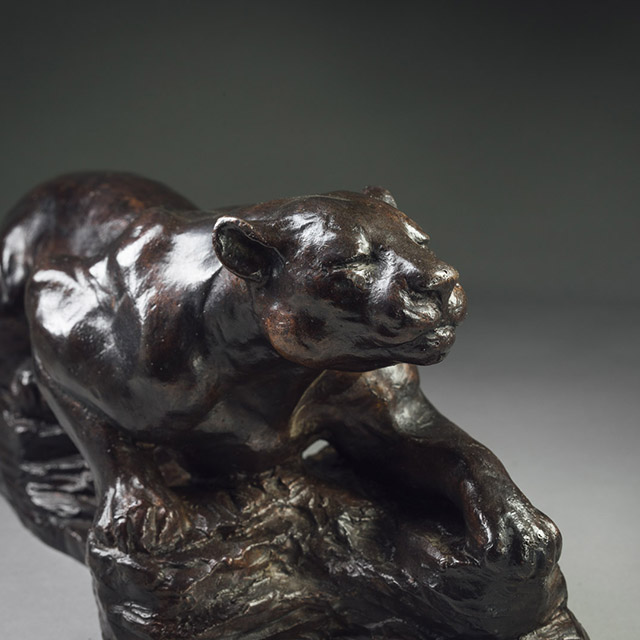
Stalking leopard
Leopards have fared slightly better than other big cats but they have still been destroyed in about 37% of their African range. Populations in North Africa, the Middle East and Russia are now Critically Endangered.
Loss of habitat and prey, as well as intense persecution as livestock killers, is the chief threat to this magnificent cat. They are heavily hunted in southern Asia for their skin and bones. In western and central Africa, they are hunted for their skins, teeth and claws. In tropical forests, bushmeat hunting competes directly for prey species and may drive them to extinction even in forests that have not been logged.
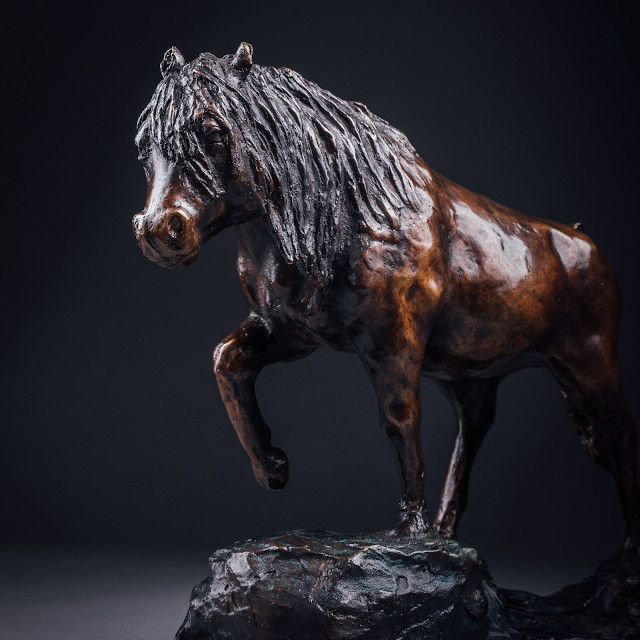
Welsh Mountain Pony
Welsh Mountain Ponies were used in the coal pits for 200 years until the mid 20th century, enduring appalling working conditions. They were often kept underground for years. Nowadays, there are about 200 left in the wild. They live in the mountains of North Wales. Unfettered in their natural setting today, they still seem to carry within their DNA the thankless labour in service of the Welsh mining industry.
‘Twould ring the bells of Heaven
The wildest peal for years,
If Parson lost his senses
And people came to theirs,
And he and they together
Knelt down with angry prayers
For tamed and shabby tigers
And dancing dogs and bears,
And wretched, blind, pit ponies,
And little hunted hares.
– Ralph H’Bells of Heaven’ (1917)
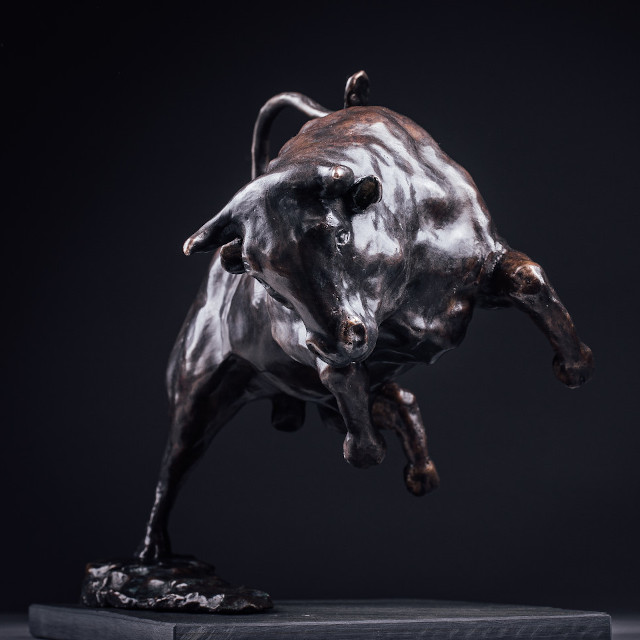
Bullock Out to Grass
It is such a delight to see the cattle – confined indoors all winter – let out onto the grass in spring. It is always arresting to see how agile they are in spite of their size, and to witness their joyous exhilaration and sense of freedom.
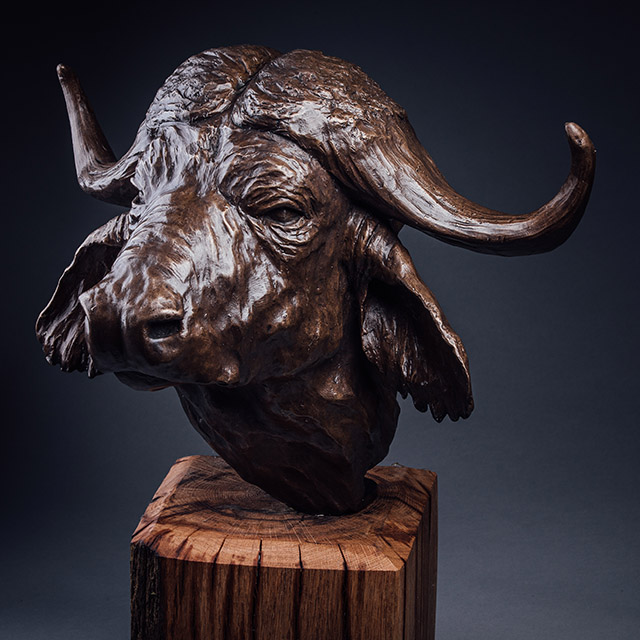
Buffalo Head
The African buffalo or Cape buffalo can be found throughout central and southern Africa. The adult buffalo’s horns are its characteristic feature: they have fused bases, forming a continuous bone shield across the top of the head referred to as a “boss”.
The African buffalo is not an ancestor of domestic cattle and is only distantly related to other larger bovines. Its unpredictable temperament means that the African buffalo has never been domesticated, unlike its Asian counterpart, the water buffalo.
Savannah-type buffaloes have black or dark brown coats with age. Old bulls often have whitish circles around their eyes and on their face. Females tend to have more-reddish coats. Forest-type buffaloes are 30-40% smaller, reddish brown in colour, with much more hair growth around the ears and with horns that curve back and slightly up. Calves of both types have red coats.
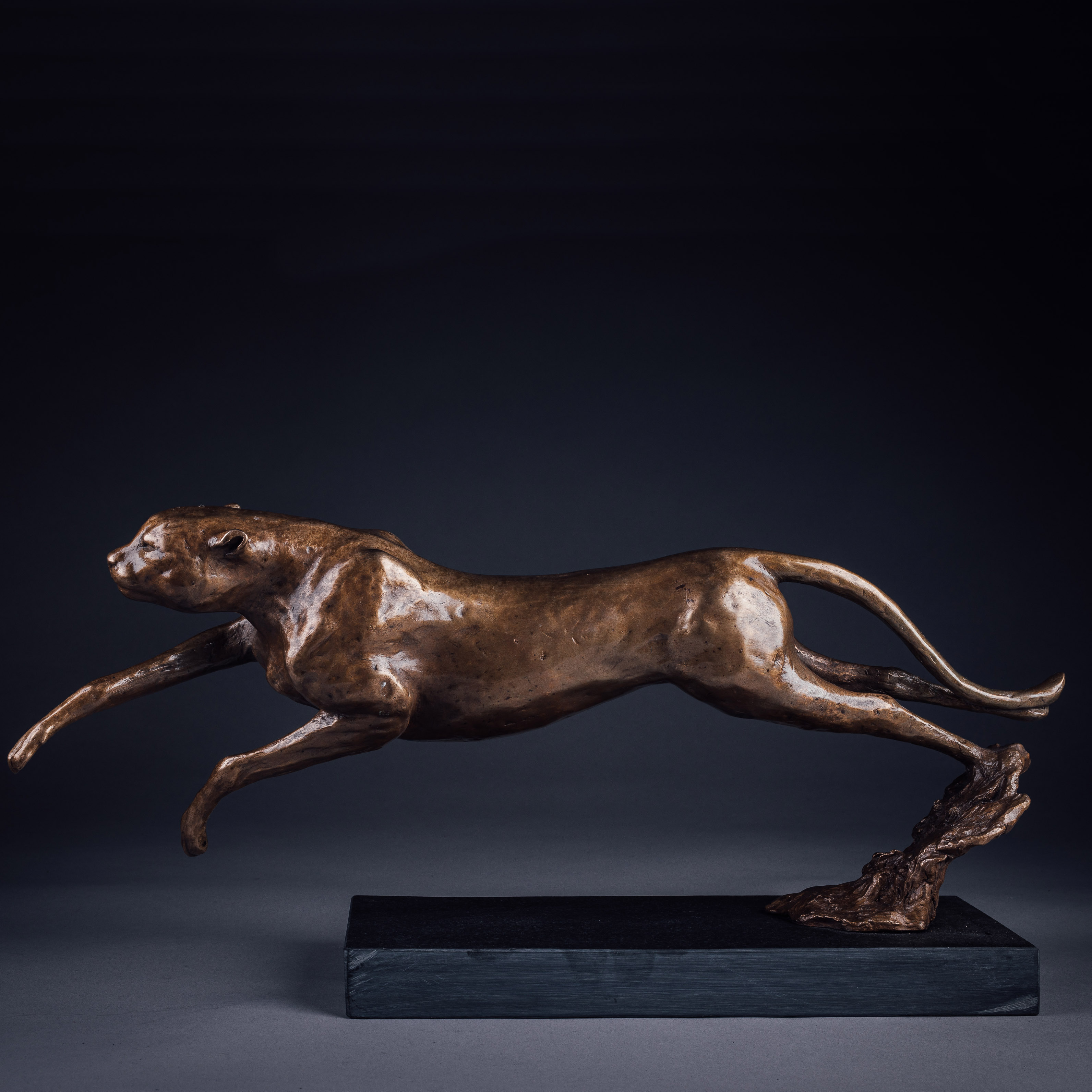
Cheetah
African cheetahs may achieve successful hunts running at a speed of only 64 km/h (40 mph) while hunting due to their exceptional ability to accelerate, but are capable of accelerating up to 112 km/h (70 mph) on short distances of 100 m (330 ft). The cheetah is therefore the fastest land animal. Because of its prowess at hunting, the cheetah was tamed as early as the 16th century BC in Egypt to kill game at hunts
The cheetah is threatened by habitat loss through agricultural and industrial expansion; moreover, the species apparently requires a large area to live in as indicated by its low population densities. It appears to be less capable of coexisting with humans than the leopard. Human interference disturbs hunting and feeding of cheetah. With 76% of its range consisting of unprotected land, the cheetah is often targeted by farmers and pastoralists who attempt to protect their livestock. However, cheetah is not known to prey on livestock.
In 2016, it was estimated that there are just 7,100 cheetahs remaining in the wild, and simulation modelling suggested that they are at risk of extinction.
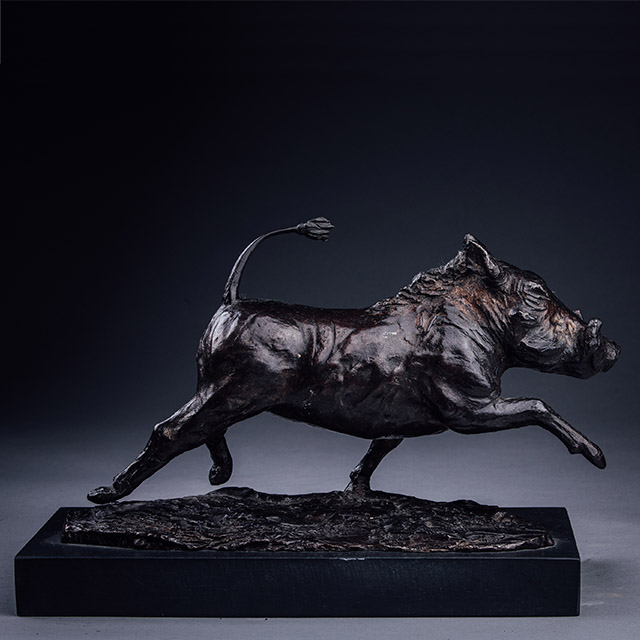
Warthog
The common warthog is a wild member of the pig family found in grassland, savanna, and woodland in sub-Saharan Africa.
As of 1999, the common warthog population in southern Africa is estimated to be about 250,000. Typical densities range between one and 10 per km2 in protected areas, but local densities of 77 per km2 were found on short grass in Nakuru National Park. The species is susceptible to drought and hunting (especially with dogs), which may result in localized extinctions. The common warthog is present in numerous protected areas across its extensive range.
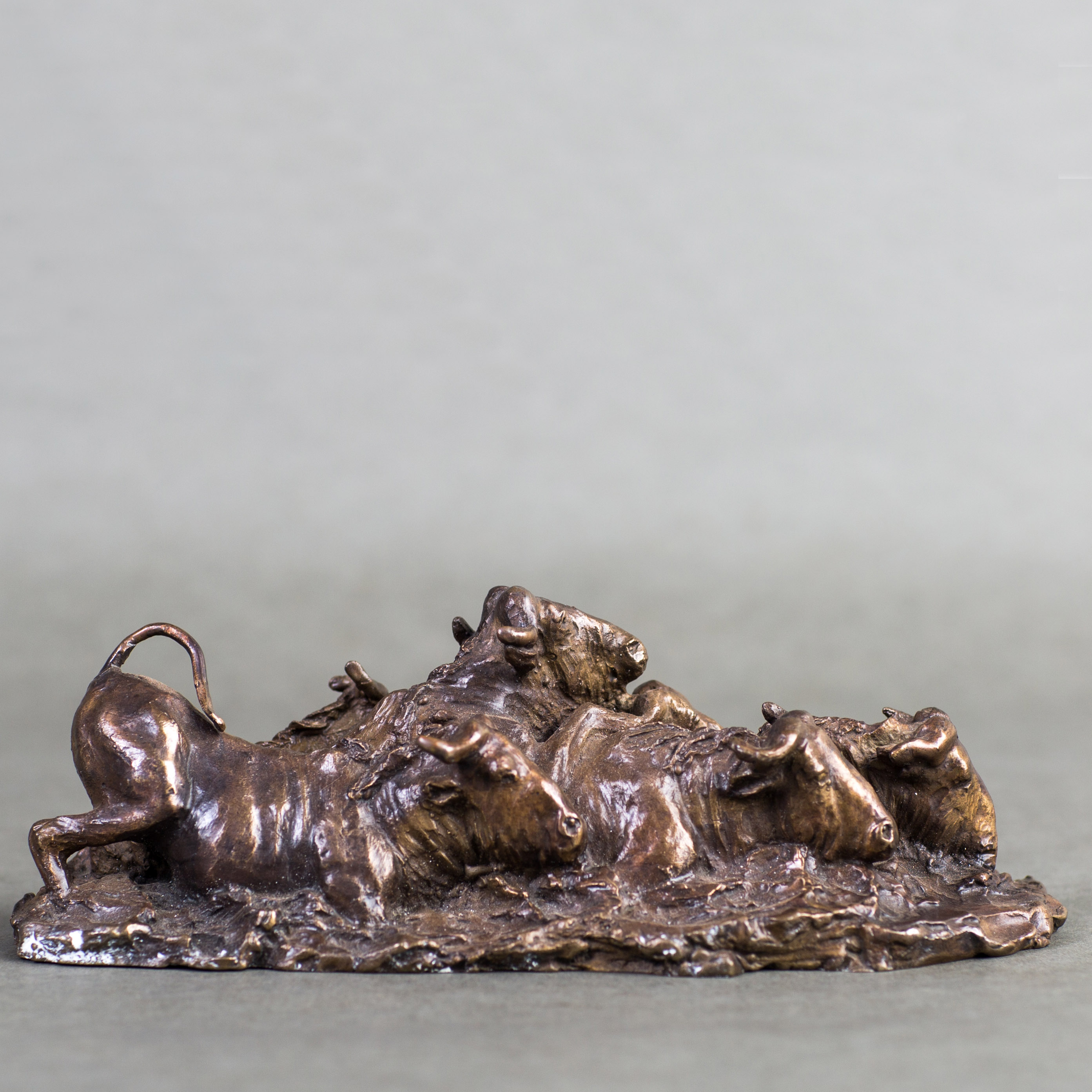
Wildebeest Group
The wildebeest – also called the gnu – is an antelope found across sub-saharan Africa. Today, many wildebeest populations are experiencing rapid declines. Overland migration as a biological process requires large, connected landscapes, which are increasingly difficult to maintain, particularly over the long term, when human demands on the landscape compete. The most acute threat comes from migration barriers, such as fences and roads.
Wildebeest often graze in mixed herds with zebra, which gives heightened awareness of potential predators. They are also alert to the warning signals emitted by other animals such as baboons.
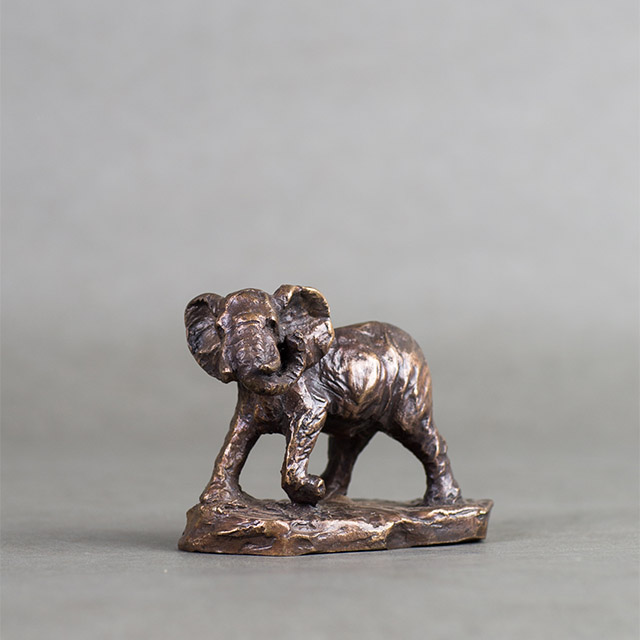
Small Elephant
The Elephant is often regarded as one of the world’s most intelligent and sociable animals. Widely believed to understand emotion Elephants understand basic communication and have been found to play with one another. In many cultures, elephants represent strength, power, wisdom, longevity, stamina, leadership, sociability, nurturance and loyalty.
Elephants are scattered throughout sub-Saharan Africa, South Asia, and Southeast Asia. Unforunately African elephants are listed as vulnerable by the International Union for Conservation of Nature (IUCN) while the Asian elephant is classed as endangered.
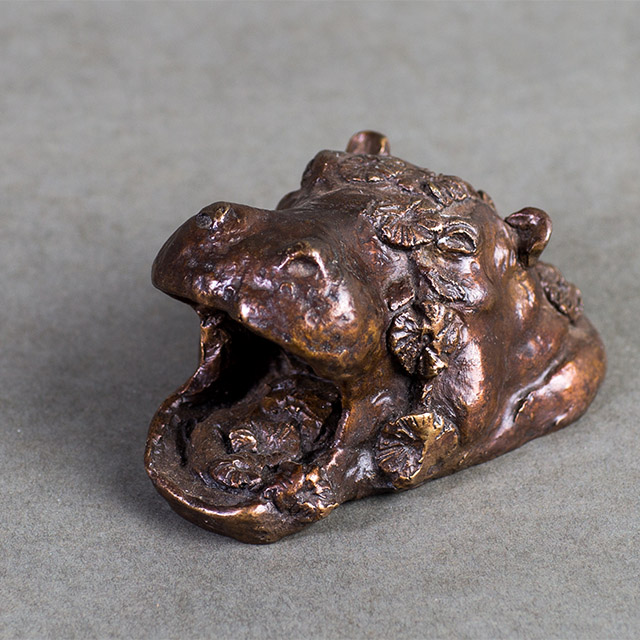
Small Hippo Head
The common hippopotamus is the third-largest type of land mammal, being only smaller than elephants and some rhinoceroses and inhabits rivers, lakes and mangrove swamps.
Different from all other large land mammals, hippos are of semiaquatic habits, spending the day in lakes and rivers. In a Ndebele tale, the hippo originally had long, beautiful hair, but was set on fire by a jealous hare and had to jump into a nearby pool. The hippo lost most of his hair and was too embarrassed to leave the water. During the day, they remain cool by staying in the water or mud; reproduction and childbirth both occur in water. They emerge at dusk to graze on grasses. While hippopotamuses rest near each other in the water, grazing is a solitary activity and hippos are not territorial on land.

Leopard
The Leopard has the largest distribution of all wild cats, occurring widely in Africa and Asia as well as the Caucasus. Compared to other wild cats, the leopard has relatively short legs and a long body with a large skull. The leopard is distinguished by its well-camouflaged fur, opportunistic hunting behaviour, broad diet, strength, and its ability to adapt to a variety of habitats ranging from rainforest to steppe, including arid and montane areas. It can run at speeds of up to 58 kilometres per hour (36 mph).
Leopards have been known to humans throughout history, and have featured in the art, mythology, and folklore of many countries where they have historically occurred, such as ancient Greece, Persia, and Rome, as well as some where they have not existed for several millennia, such as England.